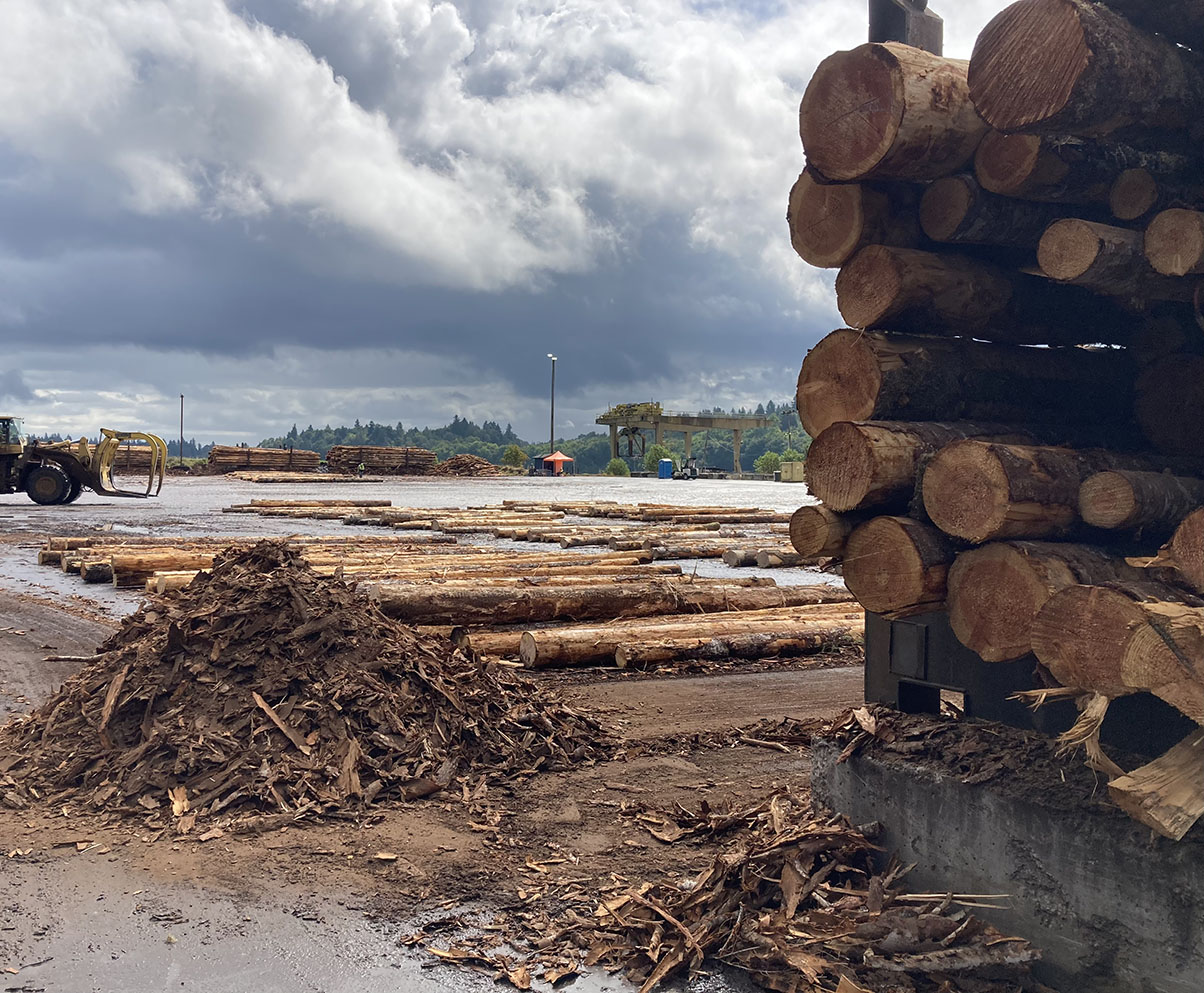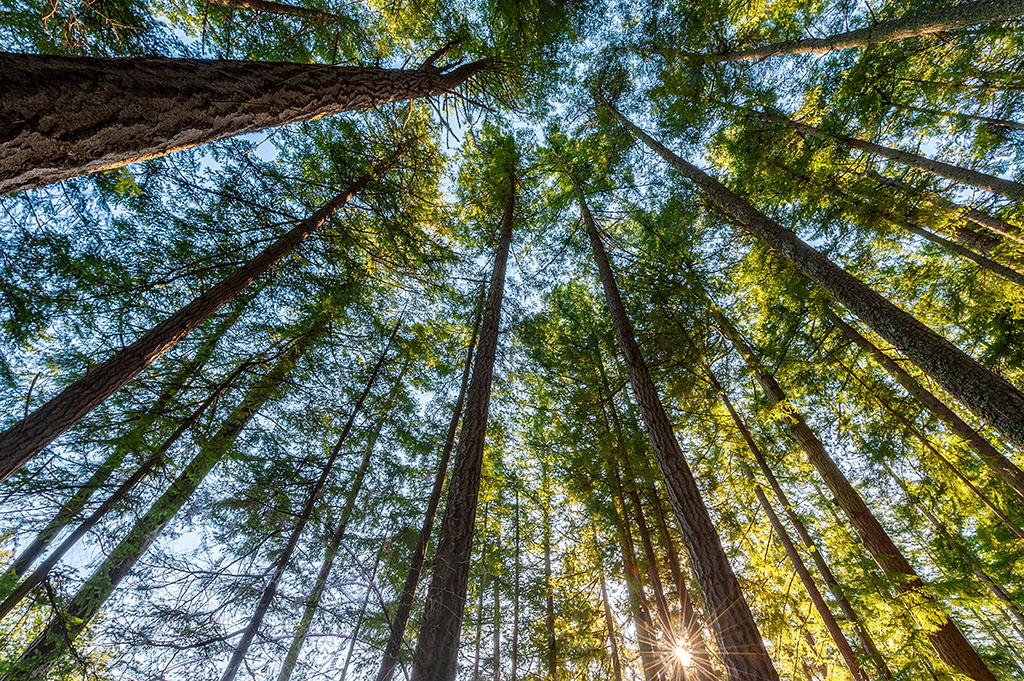Our mission is to provide research, education and outreach regarding developments, trends and environmentally sustainable growth opportunities vital to Washington State’s forests, forest dependent communities and the forest products industry.
FEATURED RESEARCH

CINTRAFOR Researchers assess the role of mass timber in creating a resilient and sustainable built environment
Building with mass timber can help displace concrete and steel, two of the most polluting and fossil-intensive materials in our economy. It can also significantly reduce the embodied emissions of the building structure. The atmospheric carbon stored in the mass timber structures works as long-term carbon storage, making this building net carbon neutral and, in some cases, carbon negative.

CINTRAFOR researchers confront harvest and mill residue waste
Tree tops and branches on the forest floor following harvest operations are left to decay or piled up and burned to prevent wildfires. Similarly, mill residues such as wood chips, sawdust and shavings produced during wood products manufacturing are burnt in hog fuel burners or sold in the market for pulping. Besides the air pollution burning causes, the cost of prescribed burn is high, and the demand for wood pulp is declining. One great way to combat the waste and the environmental pollution? By converting it into wood pellets.

CINTRAFOR pioneers research on the role of Washington forests in mitigating global warming
Research conducted by CINTRAFOR reveals that Washington state’s managed forests play a significant role in mitigating global warming. The study sheds new light on carbon fluxes in forest biomass and dispels a commonly held view that the economic benefits of Washington state’s forest products industry come at the cost of environmental depredations. The research demonstrates that the climate benefits of wood products outweigh the problem of carbon emissions during harvesting and production. It shows that wood products prolong carbon sequestration besides providing environmentally friendly substitutes for fossil-fuel intensive materials such as steel, concrete and plastic.
IN THE NEWS
IN THE SPOTLIGHT

Alumni Spotlight – Richard Vlosky
Richard Vlosky (’85), CINTRAFOR’s first graduate, shares how his experience at the CENTER impacted his career growth and professional success. Richard Vlosky fondly recalls the gathering in 1984 in the courtyard outside Bloedel Hall on the University of Washington Seattle campus. The event was attended by Washington state dignitaries, University officials, industry representatives, professors, students […]

Student Spotlight – Karisha Shahnaz Hariadi
Meet Karisha Shahnaz Hariadi, a graduate student and research assistant at CINTRAFOR. Karisha is passionate about finding ways to decarbonize the built environment. Here she shares her research interests, her experience at the Center and advice for future students. What is your main research area? I am exploring the environmental benefits and impacts of engineered […]
